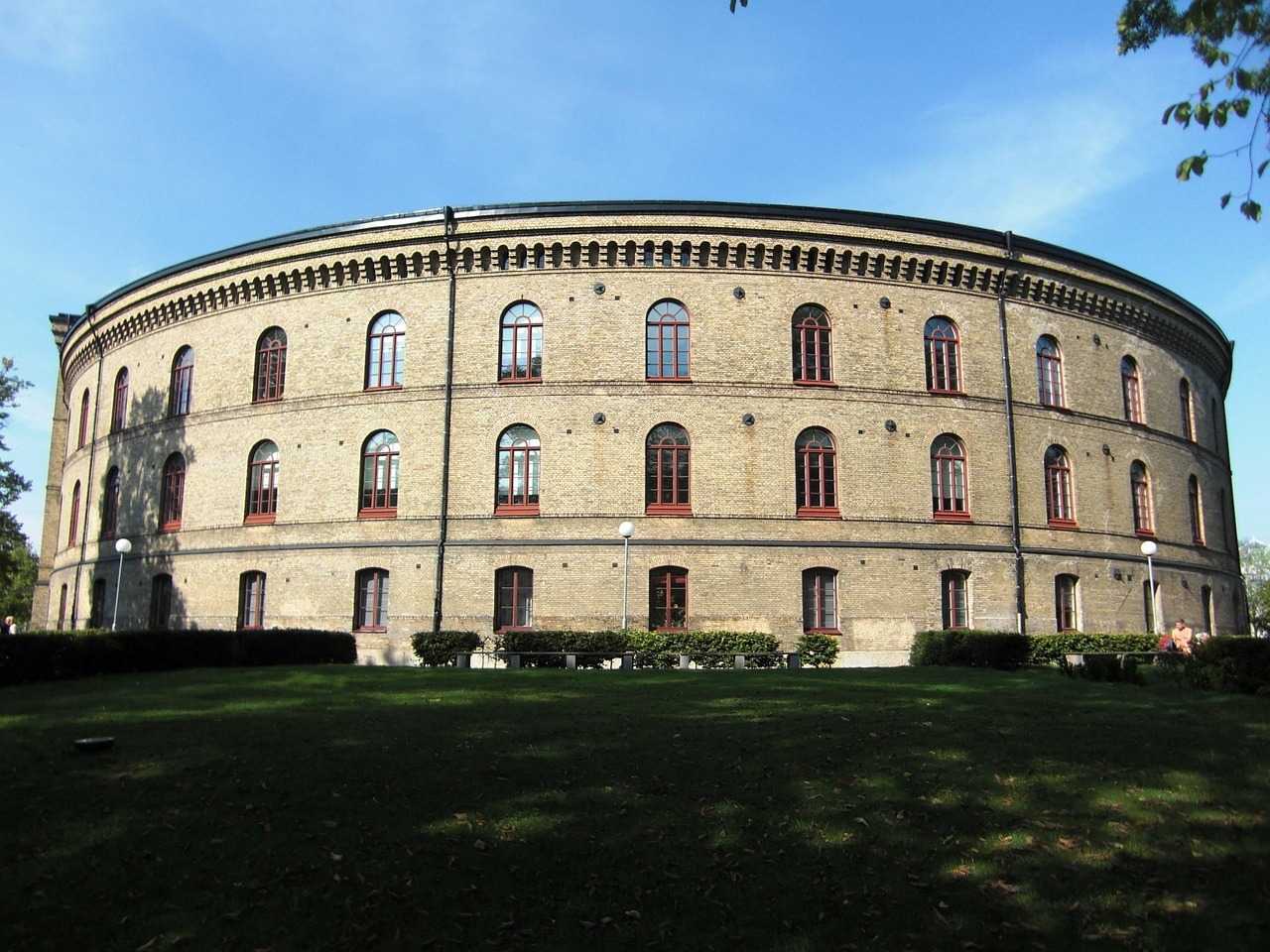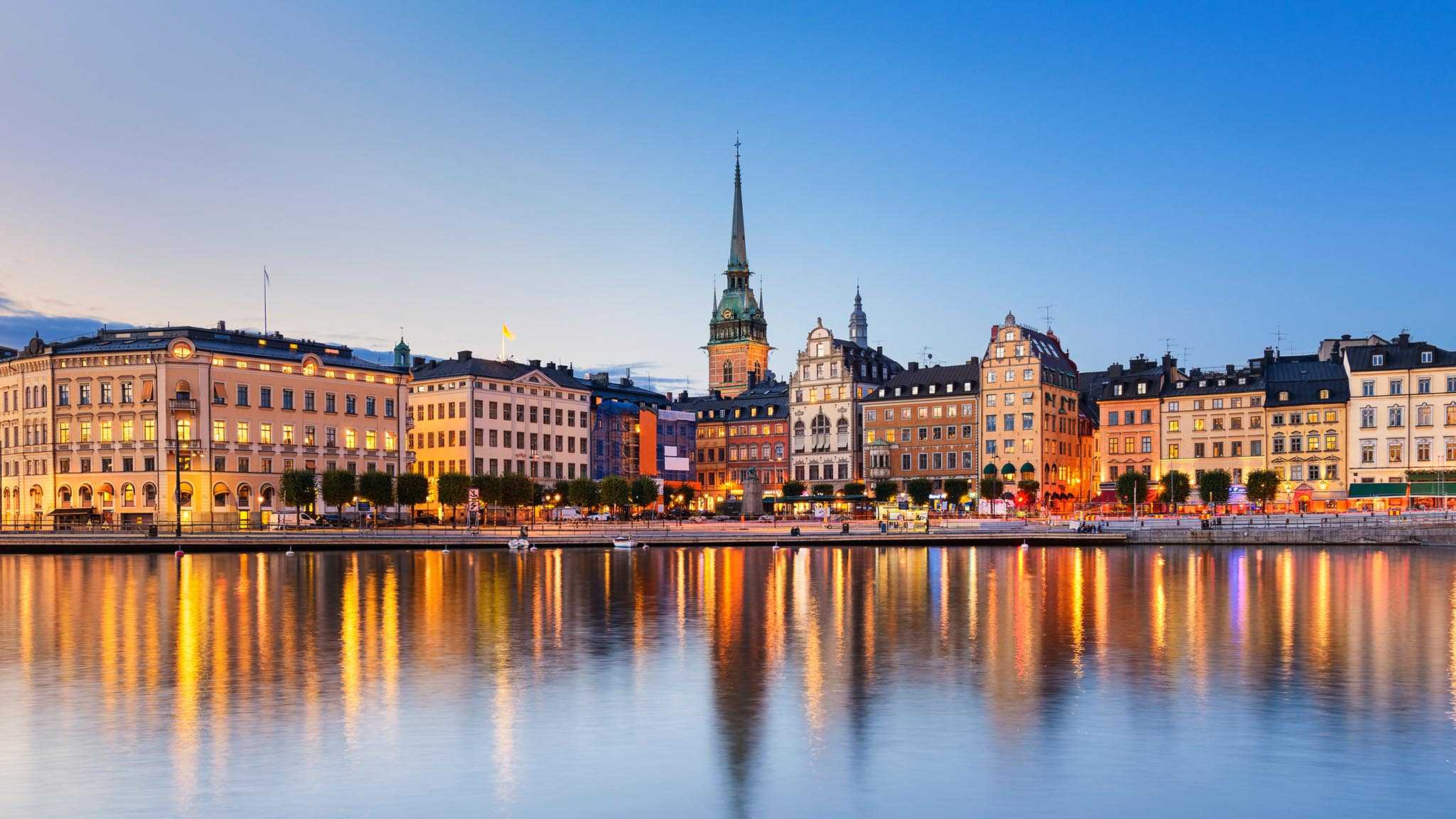Sweden places great importance on its education system. As a whole, the country promotes equality regardless of gender or social status. Sweden also encourages innovation and creativity across all fields, and has its sights set on being a leading country in research. In this guide, you can read up on education in Sweden starting with preschool and continuing on through primary and secondary schools and on to higher education.
Advertisement
Nathan Reed
With InterNations I quickly connected with other Canadian members who became close friends over time.
Barbara Melington
The best thing about InterNations? Definitely the offline get-together. Meeting other expats in real life helps a lot.
Jump right in:
Advertisement
Why you'll love InterNations in Sweden
and countless possibilities for fun and friendship!
Advertisement
Advertisement
What's the education system like in Sweden?
Sweden as a country promotes equality and community spirit. This directly influences their school system, where children are taught the same subjects until they’re old enough to make their own education / career choices. From a very early age, children are encouraged to socialize and collaborate with their classmates, with emphasis on gender equality.
Children can start preschool as early as one year old but are required to go to school when they turn six. Compulsory education lasts until 15 years of age.
Quick facts about education in Sweden
- Sweden gives its students the right to choose where they want to attend school, regardless of where they live. If a child doesn’t like their school, they’re able to switch — to public or private — at no extra cost.
- Sweden places emphasis on interactive learning through technology. Over 70% of primary students have access to their own computer.
- A recent study suggests some inequality in learning abilities across Sweden, specifically in math, science, and reading.
What's the school system like in Sweden?
The government body that oversees education across the country is the Swedish National Agency for Education. It’s responsible for ensuring all students in Sweden have access to high-quality education regardless of where they live.
Public schools in Sweden are supported by their municipality (i.e., the state or province) and paid for by Swedish taxes. These schools follow the Swedish National Syllabus, which teaches all general subjects. Private schools aren’t obligated to teach the Swedish National Syllabus but most follow this curriculum to ensure standards remain the same throughout the country.
In total there are 10 years of schooling that last until children are 16 years old. These years can be broken up into four levels of schooling.
| Schooling stage | School years | Student’s age |
Förskoleklass (preschool) | Preschool / Year 0 | 6 |
Lågstadiet (elementary school) | Years 1–3 | 7–9 |
Mellanstadiet (middle school) | Years 4–6 | 10–12 |
Högstadiet (lower secondary school) | Years 7–9 | 13–16 |
Despite an emphasis on equality, there are some differences in quality between municipalities. While there is no definitive list of the top schools in Sweden, these are considered the top municipalities for schools:
-
Övertorneå (Norrbotten)
-
Vadstena (Östergötland)
-
Älvsbyn (Norrbotten)
-
Åmål (Västra Götaland)
-
Arvika (Värmland)

Preschool in Sweden
Förskola is what most expats would think of as kindergarten — in Sweden, preschool and kindergarten are interchangeable. Dagis is an outdated term for the equivalent of daycare.
Förskola fees
Fees fluctuate depending on municipality, and preschools are largely subsidized by the government. On average, costs are about 3% of a family’s income per month. For families with more than one child, fees for additional children are progressively reduced.
Is preschool mandatory?
Schooling is optional in Sweden until a child turns six, so parents can choose if they wish to enroll their kids in preschool starting from 12 months old.
In the autumn of the year when a child turns six, they’re enrolled in förskoleklass — a mandatory year of preschool and the first mandated year of Swedish primary school. This year is meant to help kids transition into Year 1 of primary school.
Upper secondary school (high school)
Upper secondary school is called gymnasium in Sweden. It starts at Grade 10 (when the student is 16 years old) and lasts for three years. Although it’s not mandatory, it's required for university entrance or vocational pursuits. Of the 18 available national programs, six are designed to prepare students for higher education and twelve are vocational.
How much does school cost in Sweden?
Public schools in Sweden are free. Annual tuition for private schools will typically fall between 30,000 to 100,000+ SEK (approx. 3,000 to 10,300+ USD).
International schools in Sweden
Because public and private schools are held in such high regard, international schools in Sweden are primarily for international students. The majority of students attending such schools are either new to the country or don’t intend to stay for long. One benefit is these schools offer a range of international curricula, such as British, American, German, and French.
Expats interested in sending their children to an international school should expect high fees and long wait lists.
Where to find international schools
Most international schools are in Stockholm. Malmö, Gothenburg, Lund, and Uppsala also have a decent number of options.
Requirements and admission
Requirements may vary, but these are the general requirements:
- completed application form
- copy of the student’s passport
- copy of the most recent full school report and other transcripts
- any documentation regarding special education needs
- application fee — typically 2,000 SEK (approx. 210 USD)
- you and your child’s Swedish tax numbers and Swedish IDs
Some schools may request letters of recommendation and/or an in-person interview prior to admittance.
International school fees
International school tuition fees vary based on municipality, school level, and the individual school. Most require a one-time enrollment fee on top of their regular tuition fees. Like Swedish private schools, fees can range anywhere from 30,000 SEK to 100,000+ (approx. 3,000 to 10,300+ USD) annually.
Top international schools in Sweden
-
British International School of Stockholm
-
Tanto International School
-
Bladins International School of Malmö
Children’s rights
In Sweden, the Education Act and Discrimination Act work together to protect students from discrimination and degrading treatment. School headteachers are responsible for making sure these protections are followed. All students have free access to a school doctor, nurse, as well as a psychologist and welfare officer. These services are funded by taxes.
Students are also encouraged to explore their interests outside the classroom. Many do so by attending Kulturskolan, Sweden’s main publicly funded music and arts schools.

Higher education in Sweden
Home of the Nobel Prize, Sweden’s higher education is ranked high by international standards. There is a strong emphasis on research and independent studies in universities.
What’s higher education like in Sweden?
Higher education in Sweden is divided into three levels: bachelor, master, and doctorate. Since 2007, Sweden has an agreement with the rest of Europe to streamline education standards and procedures. Anyone studying at a Swedish university can have their credits transferred to another European institution and vice versa.
What should you do if you want to enroll in university in Sweden?
Swedish students must have a certificate of completion from an upper secondary program. Admission for international students requires an equivalent to a secondary school certificate of completion in their home country. Even if you have a university degree, this document must be submitted as the upper secondary studies are used to determine if you meet the general and specific entry requirements. International students may also be required to demonstrate sufficient knowledge of Swedish and/or English and meet specific entry requirements depending on the program.
If you’re from outside the EU/EEA, you’ll need to have your residence permit ready in time for the start of classes.
What are the top courses to study in Sweden?
Sweden is one of the leading countries in the world for renewable energy, and thus places great emphasis on the study of environmental learning, protection, and sustainable energy and development.
Other areas of interest for international students include:
- engineering and technology
- business and management
- art, design, and media
How much does it cost for international students to study in Sweden?
Higher education in Sweden is free for Swedish and EU/EEA students. Students from outside the EU/EEA, or from Switzerland, will have to pay a fee. For both undergraduate and graduate programs, average university tuition fees in Sweden range from 80,000 to 295,000 SEK (approx. 8,000–30,000 USD) per academic year.
Which are the best universities for international students in Sweden?
While there are many great universities for international students, here are some of the top institutions:
- Karolinska Institute
- KTH Royal Institute of Technology
- Lund University
- Uppsala University
- University of Stockholm
Swedish language schools
Learning Swedish will get you far in Sweden. Even if a job only requires English, employers may give preference to candidates with a working knowledge of Swedish.
One of the best ways to learn Swedish is by enrolling in a language school. Those intent on really immersing themselves in the language may want to look into a temporary homestay or join a language group through InterNations.
Top language schools in Sweden
-
Swedish for Professionals
-
Grow Internationals
-
Folkuniversitetet
-
Medborgarskolan
You can also find language courses for beginners at Stockholm University and the University of Gothenburg.
Advertisement
Our Global Partners
Communities in Sweden
Like-Minded Expatriates in Sweden
Sweden Guide Topics
Advertisement





